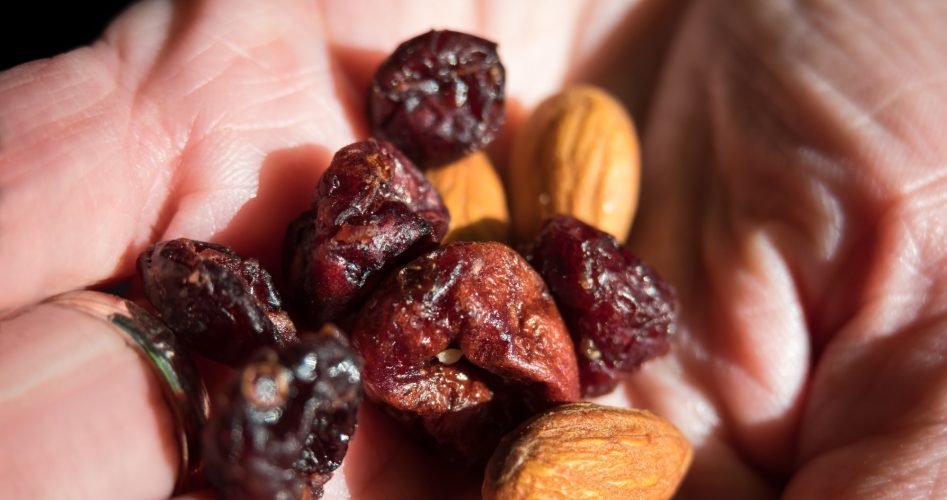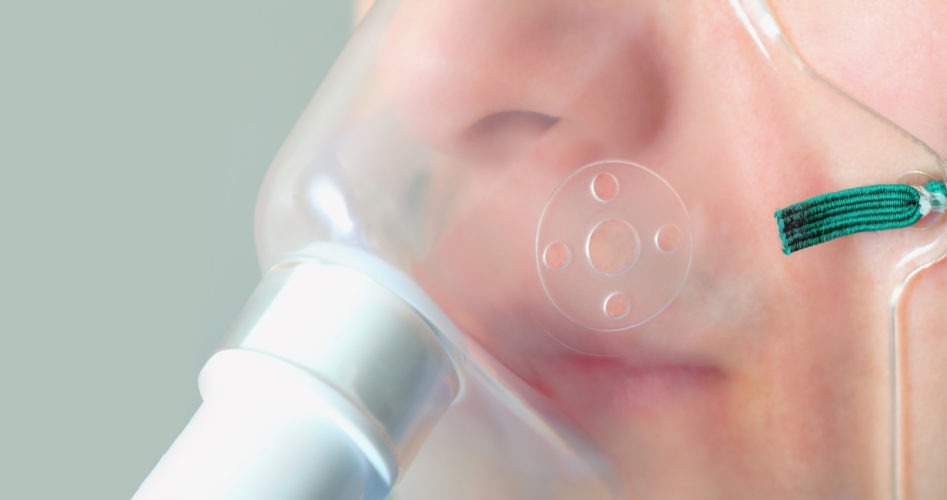Homemade Trail Mix: 5 Healthy Recipes You’ll Love Snacking on
Whether you’re hiking up a mountain or lounging around the house, trail mix is a quick and guilt-free snack choice.
Depending on your type of mix, different homemade trail mix recipes have different benefits. From healthy fats to antioxidants, there’s a variety of blends that you can choose from to suit your tastes and needs.
We’ve compiled a list of trail mix recipes that will help fuel your next hike or serve as a healthy snack!
5 Healthy Homemade Trail Mix Recipes
Creating a trail mix recipe is a fun task that involves picking your favorite healthy snacks and putting them all together.
However, we recommend strategically pairing certain snacks together for the ultimate nutrient intake. Combining a type of nut, fruit, and seed is just the start. Have fun with it!
Here are some trail mix recipes with a healthy twist. For each of these recipes, mix the ingredients into a large bowl, then pack them away in a tightly sealed bag or container.
1. Granola Trail Mix
Granola is a fantastic addition to trail mix, as it adds low-fat fiber to your snack. This simple granola recipe will keep you full and satisfied. The peanuts and sunflower seeds offer a subtle salty flavor that pairs well with the rest of the ingredients.
Recipe
- 1 cup of low-fat granola
- 1/2 cup of peanuts
- 1/2 cup of dark chocolate chips
- 1/2 cup of raisins
- 1/3 cup of sunflower seeds
2. Salty and Sweet Trail Mix
Mixing sweet and salty ingredients will solve both cravings when they strike. Plus, the dark chocolate chips add a healthy sweet addition alongside the addition of tart cranberries.
Recipe
- 1 cup of salted peanuts or cashews
- 1/2 cup of salted pretzels
- 1/2 cup of dark chocolate chips
- 1/2 cup of dried cranberries
- 1/2 cup of pumpkin seeds
3. Fruit and Nut Trail Mix
This recipe is for the dried fruit fans. With its variety of dried fruits and hints of chocolate, this snack provides a sugary tart flavor with every bite. The addition of almonds provides essential healthy fats and fiber into this snack. You can substitute banana chips for coconut chips for a tropical twist.
Recipe
- 1/2 cup of dried banana chips or coconut chips
- 1/2 cup of dried cranberries
- 1/2 of dried strawberries
- 1/3 cup of dark chocolate chips
- 1/3 cup of almonds
4. Tastes Like Candy Trail Mix
On days where you really want to reach for a cookie, this trail mix is the perfect substitute. The M&Ms, dark chocolate chips, raisins, and a sprinkle of antioxidant-packed goji berry powder provide a sugar rush without the guilt.
Recipe
- 1 cup of cashews
- 1/2 cup of almonds
- 1/2 cup of M&Ms
- 1/2 cup of dark chocolate chips
- 1/2 cup of raisins
- 2 tablespoons of goji berry powder
5. Sweet and Spicy Trail Mix
This nut-filled recipe is for the spicy food fans. With a mix of homemade spicy cashews and wasabi chips, your trail mix will pack a flavorful punch. For the tastiest results, roast the nuts in the oven at 350° for around 10 minutes. After roasting the nuts, combine the ingredients into a mix.
Recipe
- 1/2 cup of spicy cashews
- 1/2 cup of wasabi chips
- 1/2 cup of honey-roasted peanuts
- 1/2 cup of butter toffee peanuts
- 1/2 cup of candied almonds
Pack the Perfect Snack
Each homemade trail mix variation has its health benefits. It doesn’t matter if your ideal trail mix recipe has cashews instead of almonds—your snack has all of the essential nutrients you need for your next adventure.
Check out our blog for more informative articles!

